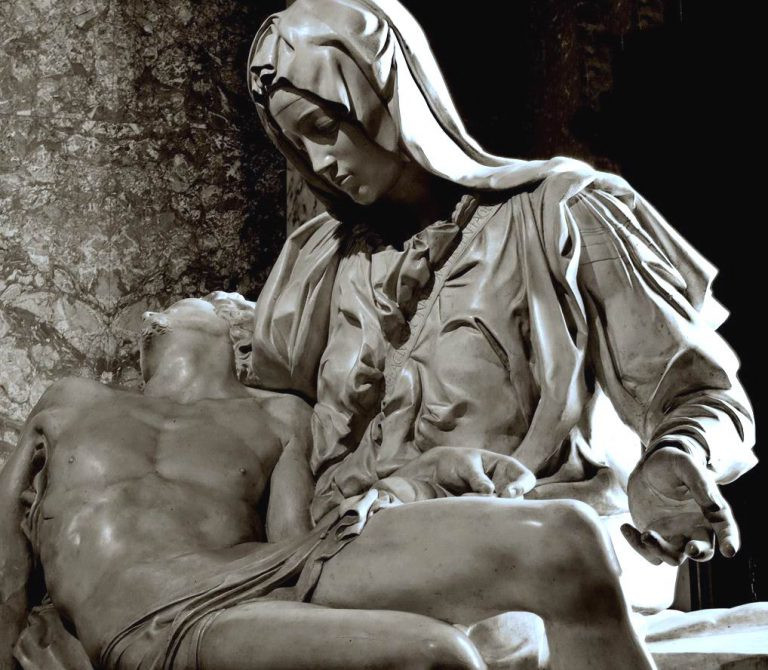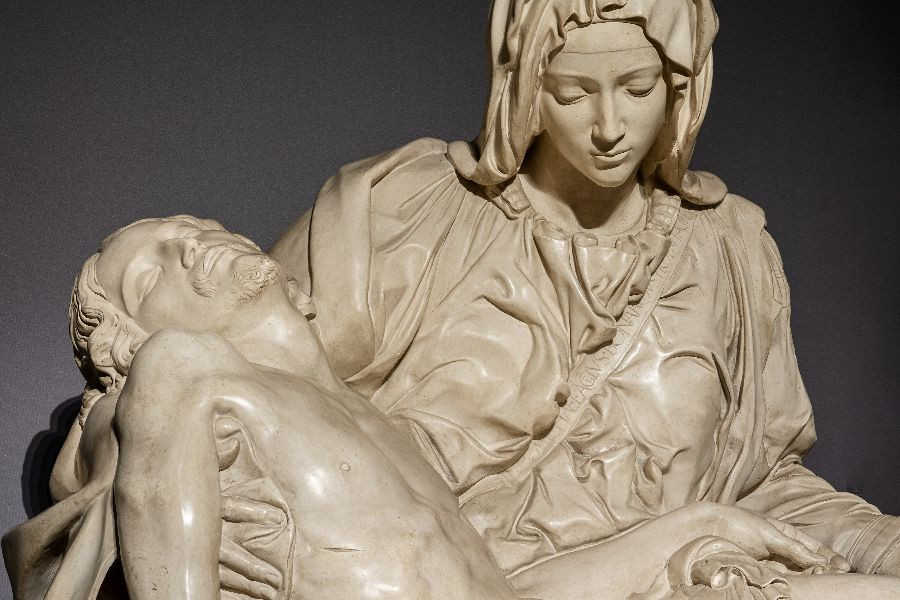A Hidden Gem in the Shadow of David

In the bustling Piazza della Signoria of Florence, a bronze giant stands tall, often overshadowed by its more famous neighbor, Michelangelo’s David. This overlooked masterpiece is Benvenuto Cellini’s Perseus with the Head of Medusa, a sculpture that tells a tale as captivating as its appearance.
The Man Behind the Bronze

Benvenuto Cellini, a 16th-century Florentine artist, was more than just a sculptor. His colorful life, documented in his own autobiography, reads like an adventure novel, providing context for the creation of his magnum opus.
A Hero’s Triumph in Bronze
The sculpture captures a moment of victory: Perseus stands triumphant, holding aloft the severed head of Medusa. Its dark bronze form exudes power and drama, creating a striking contrast to the contemplative David nearby.
Symbolism and Politics in Art
A Message in Metal
Cellini’s work is more than mere decoration. Commissioned by the ruling Medici family, Perseus serves as a symbol of their power. The vanquished Medusa represents the family’s triumph over their adversaries.
The Artist’s Struggle

Creating this masterpiece was no simple task. Cellini faced numerous challenges, both technical and political. His determination to realize his vision, despite the obstacles, is a testament to his artistic passion.
An Enduring Legacy
From Mixed Reception to Worldwide Fame

Though initially met with mixed reviews, Perseus with the Head of Medusa has since become a celebrated work of art. It continues to captivate visitors from around the world, a tribute to Cellini’s genius and the timeless appeal of classical mythology.
A Hidden Treasure Worth Discovering

While it may stand in the shadow of more famous works, Cellini’s Perseus deserves recognition for its technical brilliance and rich symbolism. It offers a window into the complex world of Florentine art and politics, inviting viewers to look beyond the obvious and discover the hidden gems of the Renaissance city.
